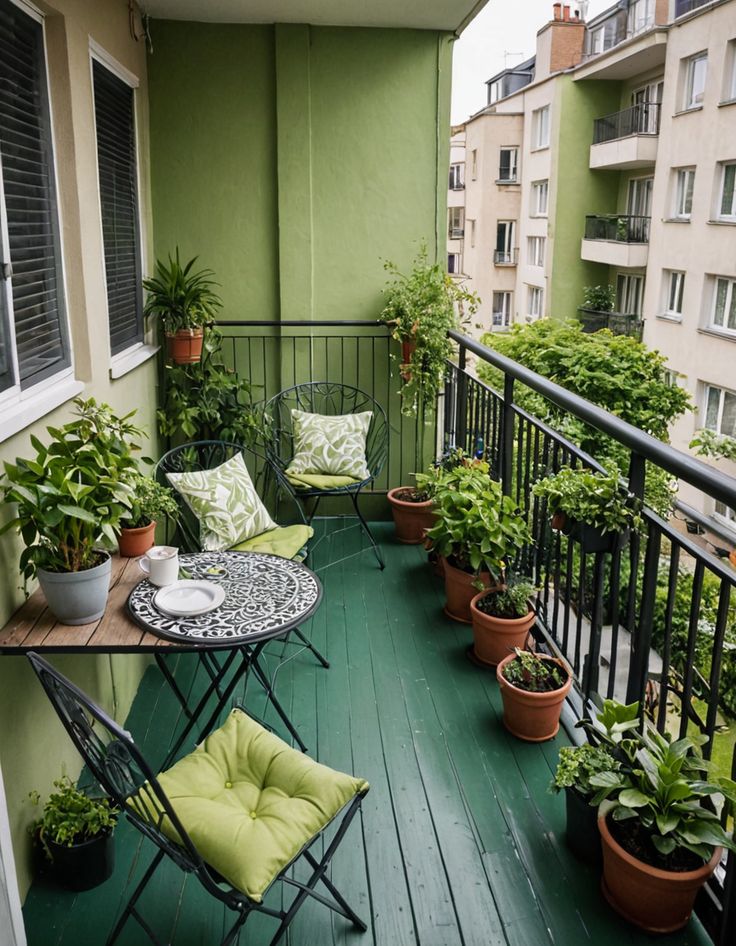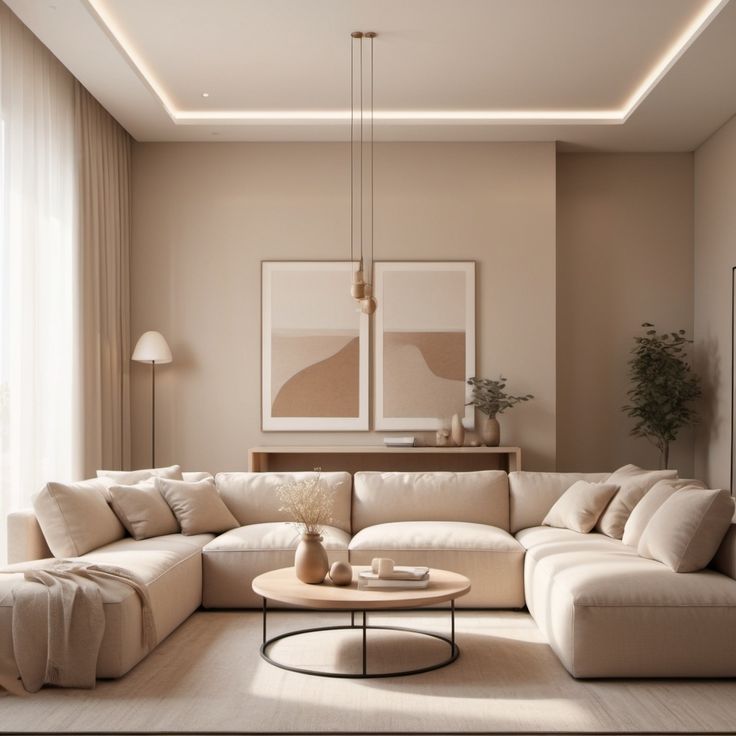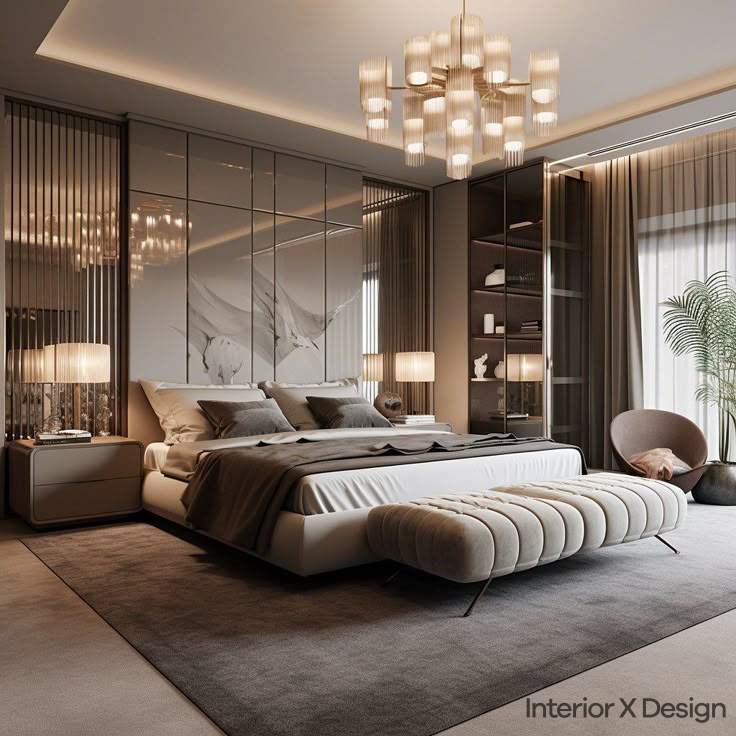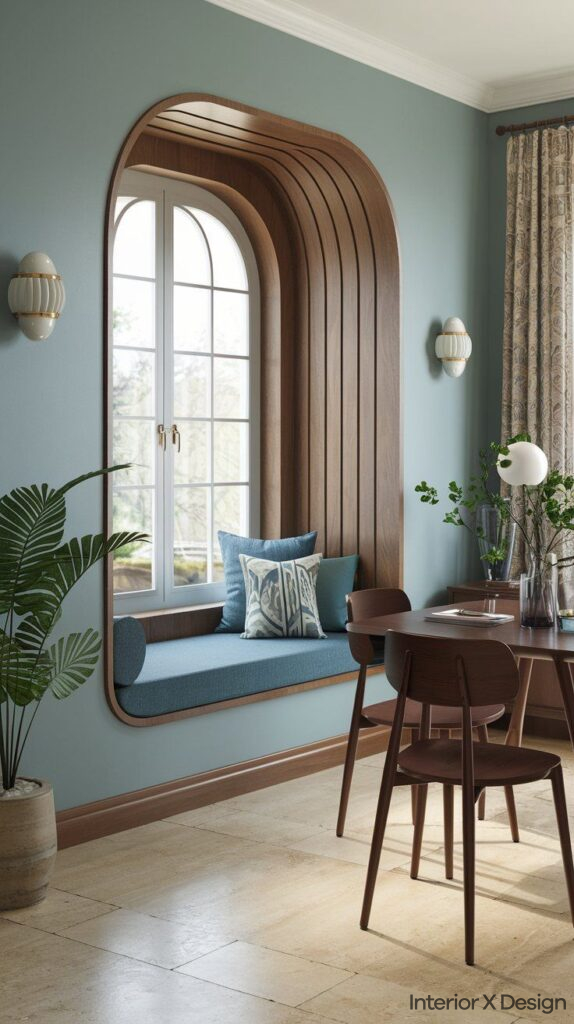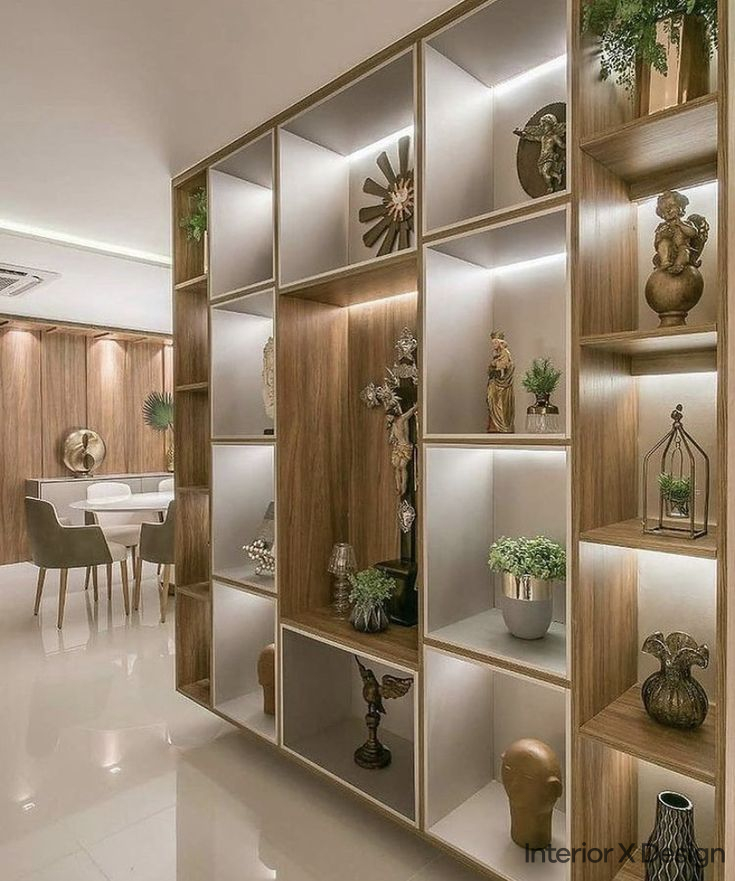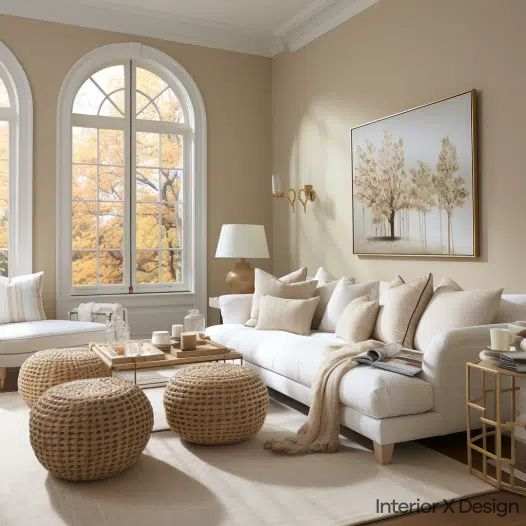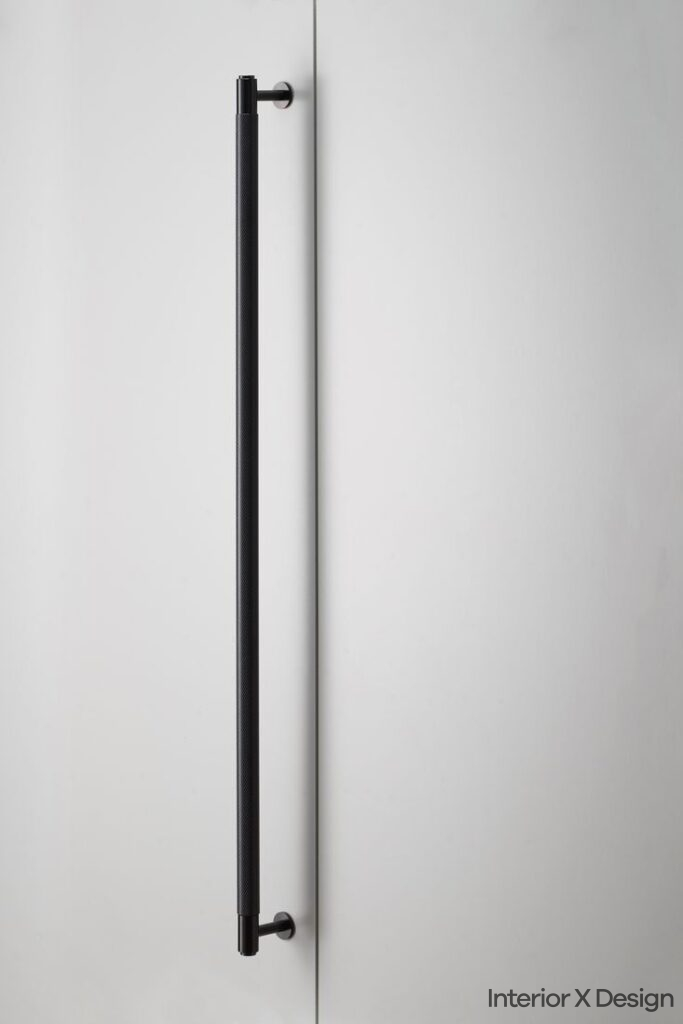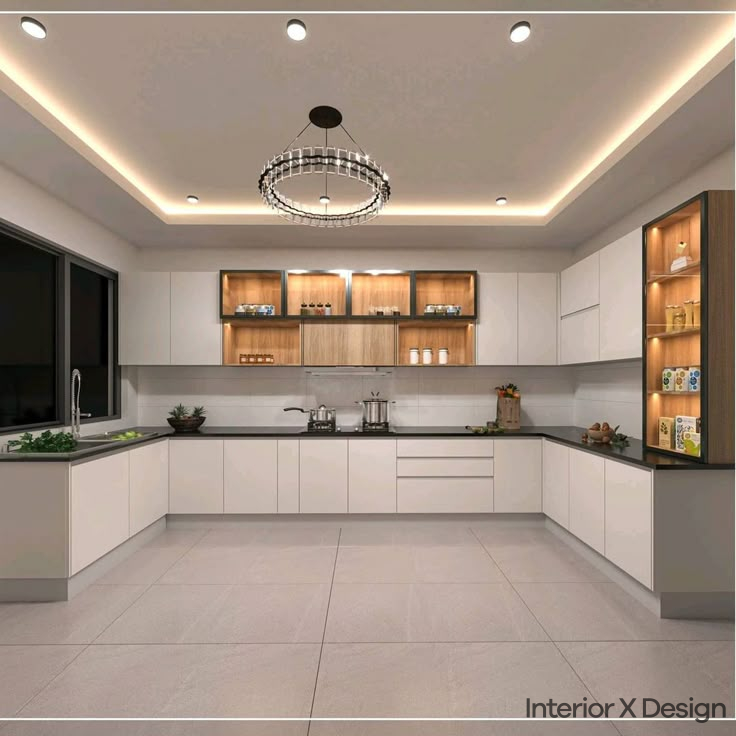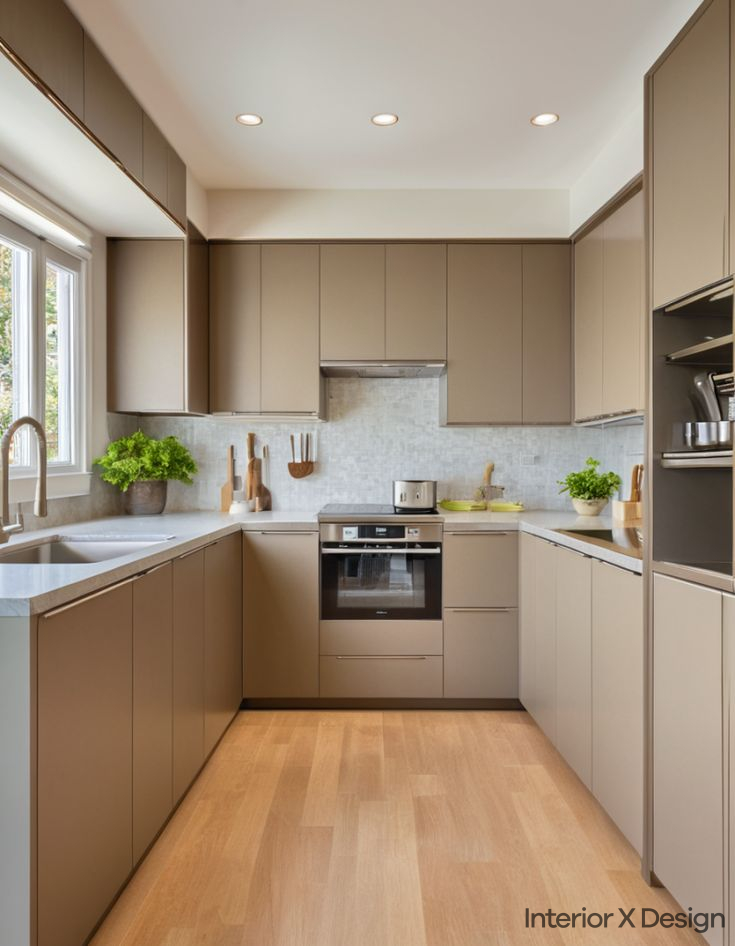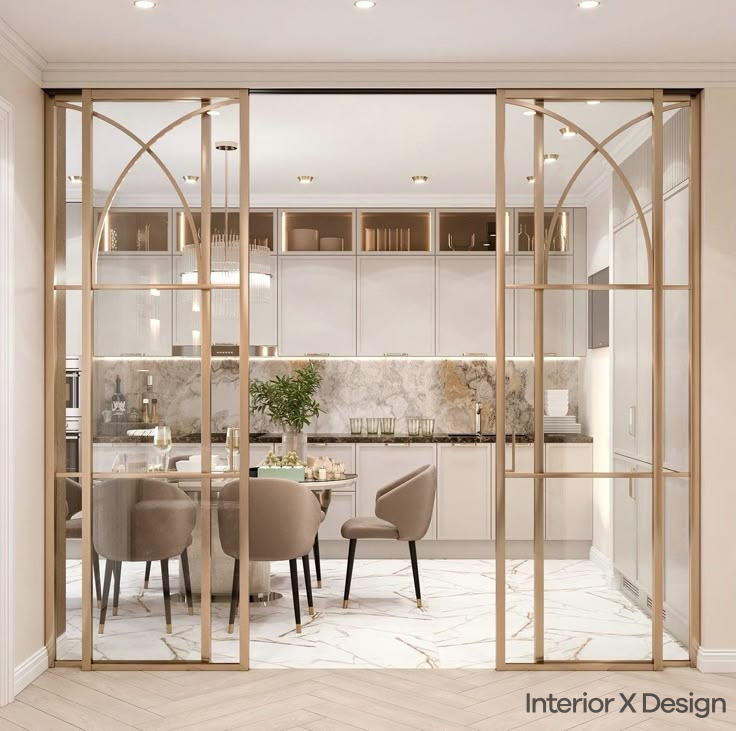Interior design can seem challenging, especially for beginners. Creating harmony among all the elements in a room requires skill and practice. However, a simple way to elevate your space is by incorporating a focal point. A well-chosen focal point draws the eye and anchors the room’s design. Even if you’re new to interior design, understanding how to use focal points can help you create visually striking and cohesive spaces.
What is a Focal Point?
A focal point in interior design is an element that naturally draws attention and serves as the anchor for the room’s overall design. It’s often bold, large, colorful, or uniquely textured, ensuring it stands out from its surroundings. Examples include striking artwork, an ornate mirror, or a stately fireplace. A focal point doesn’t need to be flashy; it simply needs to stand out and direct the eye toward itself while harmonizing with the supporting design elements.
When arranged effectively, all other features of the room should complement and lead back to the focal point, creating a cohesive look.
A Brief History of Focal Points in Design
The concept of focal points isn’t new. For centuries, architects and designers have used commanding elements to define spaces. Classical architecture featured grand entranceways, domed roofs, and elaborate staircases as visual anchors in palaces and public buildings. These features provided balance and harmony in spaces that might otherwise feel overwhelming.
Today, the focal point concept has evolved to suit modern homes, allowing homeowners to add character and cohesion to their spaces. A well-executed focal point reflects personal style while enhancing the overall design.
Characteristics of Effective Focal Points
Not every decorative item can serve as a focal point. To create a successful one, consider the following key characteristics:
1. Location
- Place the focal point in a natural visual resting spot, such as the center of a wall or above a fireplace.
2. Scale
- Opt for elements that are large or vertically prominent, such as floor-to-ceiling drapes or a substantial piece of furniture.
3. Contrast
- Use color, texture, or style to create a striking contrast with the surroundings. For example, a bold red chair against neutral walls.
4. Lighting
- Highlight the focal point with strategic lighting, such as accent lamps or natural sunlight.
5. Negative Space
- Keep the area around the focal point free of clutter to ensure it remains the center of attention.
6. Simplicity
- Choose a focal point with a singular, striking element to avoid visual confusion.
By incorporating these characteristics, you can turn an ordinary piece into a commanding focal point that defines your space.
How to Create a Focal Point
If your room lacks a clear focal point, consider these strategies:
Spotlight Artwork or Mirrors
- Hang an eye-catching piece of art or an ornate mirror on a prominent wall. Choose a size that matches the scale of the room, and keep surrounding decor minimal. Illuminate the piece with focused lighting to enhance its impact.
Introduce an Oversized Accessory
- Incorporate large-scale accessories like an armoire, a tall floor lamp, or a bold sculpture. Ensure the area around the piece remains uncluttered so it stands out.
Create a Feature Wall
- Use textured wallpaper, a bold paint color, or architectural features like a fireplace to create a striking feature wall. Arrange furniture to complement and highlight this element.
Design a Cozy Nook
- Turn a corner into a focal point by adding a hanging chair, plants, and a statement side table. Arrange items thoughtfully to draw attention.
Choose Grand-Scale Furniture
- Invest in a standout piece like a sectional sofa, canopy bed, or large area rug with a bold pattern. Complement it with simple and matching accessories for a cohesive look.
Start by evaluating your existing decor and architecture. Identify pieces that could take center stage, or bring in a new statement piece. Remember to keep the surroundings understated and focus on highlighting the chosen element.
Best Practices for Executing a Focal Point
To make your focal point shine, follow these tips:
- Avoid Clutter: Keep the area around the focal point clean and organized.
- Use Contrast: Ensure the focal point stands out through color, texture, or shape.
- Go Vertical: Draw attention upward with tall elements like drapes or gallery walls.
- Anchor with Accessories: Use rugs, side tables, or lamps to complement the focal point.
- Simplify Surroundings: Neutral backgrounds allow the focal point to take center stage.
- Leverage Lighting: Illuminate the focal point with natural light or dedicated fixtures.
- Enhance Architecture: Utilize existing architectural features, such as arches or niches.
- Echo Motifs: Repeat patterns, colors, or shapes from the focal point subtly in the room.
- Maximize Scale: Don’t be afraid to go big with bold, oversized elements.
Examples of Stunning Focal Points
The Living Room
- Statement Sofas: A vibrant-colored sectional or an intricately patterned loveseat.
- Art Pieces: A large painting or sculpture positioned prominently.
The Bedroom
- Headboards: An upholstered or carved headboard that draws the eye.
- Lighting: Dramatic pendant lights or a chandelier.
The Dining Room
- Tables: A unique dining table made from reclaimed wood or glass.
- Centerpieces: A bold flower arrangement or decorative bowl.
The Bathroom
- Mirrors: An oversized or uniquely shaped mirror above the vanity.
- Tiles: Textured or colorful tiles that create a striking backsplash.
Benefits of a Well-Defined Focal Point
A strong focal point offers several benefits:
- Visual Balance: Prevents the room from feeling chaotic or cluttered.
- Personality: Reflects your individual style and taste.
- Cohesion: Brings all design elements together in harmony.
- Guided Design: Simplifies decision-making by giving the space a clear direction.
Conclusion
A well-chosen focal point can transform any room into a cohesive and captivating space. By focusing on scale, lighting, contrast, and placement, even amateur interior designers can create professional-looking results. Take inventory of your space, highlight its strengths, and let your statement piece shine. With a strategic focal point, your room will not only look stunning but also feel harmonious and inviting.



